Pros And Cons: The Inflatable Vest Dilemma
Justen ‘Jughead’ Allport weighs up the accessibility of the inflatable safety vest.
The inflatable vest has done nothing short of revolutionise big wave surfing. First and foremost, it increased safety. As a result, it increased surfers’ confidence in big waves and their willingness to take off on waves they’d typically pull back on.
During its initial development, only team riders and those behind the tech could get their torsos into one. Understandably, these surfers were already in the upper echelons of big wave surfing. With or without a vest, these surfers would go. Now, inflatable vests are available to anyone willing to fork out.
Anyone willing to part with just under a grand, read some forms, and sign their name can slip into Quiksilver’s Highline Airlift vest, and Patagonia requires a relatively short big wave safety course before you can obtain one of their inflatable jackets.
“I was with my daughter down in Torquay for a Grom Search contest and we walked into a Quiksilver store.” Justin ‘Jughead’ Allport told Stab when asked about the subject. “I saw their inflatable suit being displayed in a case in the store and wanted to see how the worker responded.
“Anyone could buy one. He would’ve sold one to my 16 year old daughter if she fit into one.” Jughead continued. “You just run through the paperwork and sign your name. Anyone with the cash could walk in off the street and buy one.”
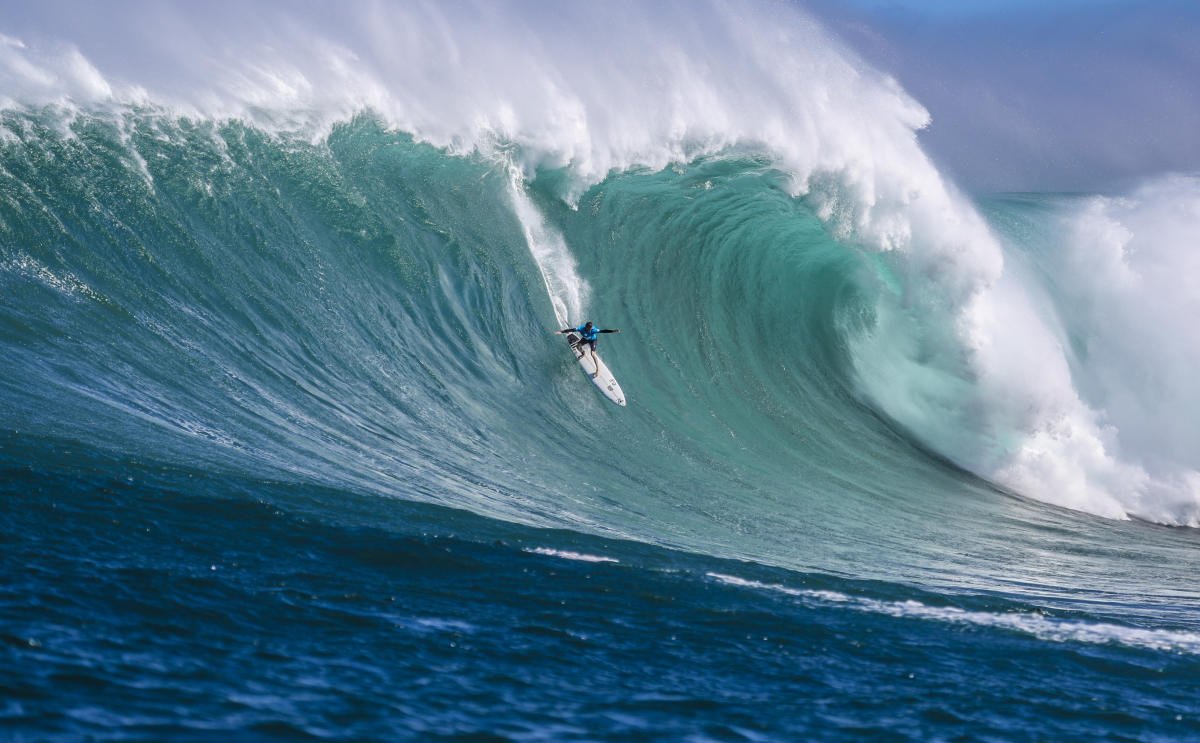
Grant ‘Twiggy’ Baker is not one of those who relies on a vest, but he won’t say no to one when he’s lucking into sets like this at Jaws.
Photography
WSL/Hallman
You could argue, as most publicly available vest producers would, that the more accessible these products the better. If someone hot off the back of a Big Wednesday viewing session plans to paddle themselves into near death, upping safety precautions with a vest hardly seems like a mis-step. As Jughead points out though, there’s a danger that lurks beneath the accessibility of these products.
“They’re putting people out there who shouldn’t be out there in the first place. Even two years ago, on the east coast of Oz, I surfed a spot with around 30 guys out and half of them were running vests. The lineup was crowded, and a lot of those surfers weren’t skilled enough to be out there. In fact, without the vests they wouldn’t even consider going out. The crowd is only one negative example
“It’s similar to situations at Jaws with safety crews. A few years back there were nearly 60 guys out and only two or three crews in the water. People were going out and just expecting those crews to save them if they got into trouble. The vest is the new equivalent of the ski and safety team. It’s more personal, but it just ups people’s confidence.”
Similar to how getting towed into a wave removes one of the most difficult aspects of big wave surfing – the take off – vests minimise the most frightening part. The hold down.
In addition to upping people’s confidence, the vests, in conjunction with skis and safety teams also allow people to up the number of waves they catch in a session.
“The fatigue factor is down. Everyone knows that being held underwater for a long period of time is what drains you.” Jughead continued. “With no ski, and no vest, you spend most of your time getting flogged and held under. That’s not even including the paddle back out. The vests and skis remove this fatigue almost entirely.
“I’m 45 now, and when I started surfing these waves there was no rescue crew in the water, no lifejackets, and no ski. You just had a pair of trunks on out there with two other guys. You had to train and ensure you could get yourself out of a situation before you paddled out.
“Now, you can get back out in the lineup quickly and without the beating. As a result you’re catching more waves, staying out there longer, and getting better in those waves.
Jughead realises though that while the heavy adoption of these vests brings some negatives, the positives of these products can’t be entirely discounted.
“There’s two sides to it. And to be honest, I don’t know where I sit. The performance level has increased so significantly because of these vests. Now guys are going waves where they might not have gone in the past and a lot of the time they’re actually making it. And despite the negative side of crowds, more people taking part in big wave surfing increases competition and the performance threshold. Most of these dudes wearing vests are my heroes, and they’ve only been in the game about five years. That’s thanks to these vests.
“It’s difficult to watch a sea of red [the colour of Quiksilver’s vest] at Jaws and Mavericks knowing a lot of those dudes wouldn’t be out there without them. But then I can see how much these have increased the performance level, and when people know how to use them, obvious help save lives.”
The Big Wave World Tour is a prime example. Most of the surfers on the BWWT opt to wear a vest, a decision which makes the WSL’s choice to run in life-threatening conditions somewhat easier. While the WSL has recently copped slack for postponing competition on the biggest swells of a season [Jaws and Mavericks within the last months], even considering these competitions wouldn’t be feasible without the integration of the refined technology implemented in inflatable vests.
When we questioned Jug as to whether he would ever don a vest the next time he surfed Jaws, he responded, “I don’t know, I guess I probably wouldn’t say no to one.”
So what’s the solution? Do we revoke this tech from the open market? Go back to restricting it to team riders and tour surfers? Or do we continue to let the masses wrap their hands around a CO2 chamber?
Anyone can buy a ski and wreak havoc in a lineup. So it makes little sense to restrict a product whose precedence is safety.
“I’m not having a go at Quiksilver or companies like them.” Jughead said. “I understand why they’re selling them, there’s just two conflicting and complex sides.
“I think maybe people should have to pass some sort of safety course after purchasing. If you get yourself into trouble you can help yourself, rather than having no idea and relying on others, or inflating your vest incorrectly.
“I’ve seen guys paddling past me with their vests already inflated [laughs]. It was like the Michelin man was paddling past me. Albee Layer said on Instagram [before a big Jaws swell] to go straight and inflate, bagging the dudes who can’t come off the bottom out there. but now there’s dudes inflating before they even take off.
“Inflate then go straight!”
Just for the record, if you need an explanation as to why you shouldn’t inflate your vest before a wave, you shouldn’t even consider purchasing one.


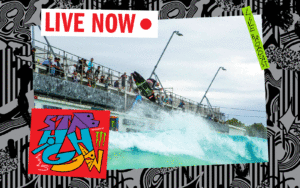

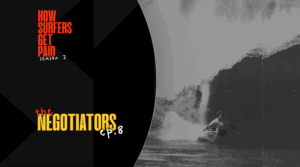
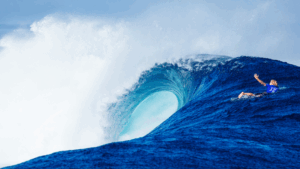
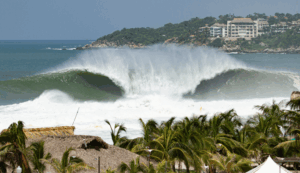







Comments
Comments are a Stab Premium feature. Gotta join to talk shop.
Already a member? Sign In
Want to join? Sign Up